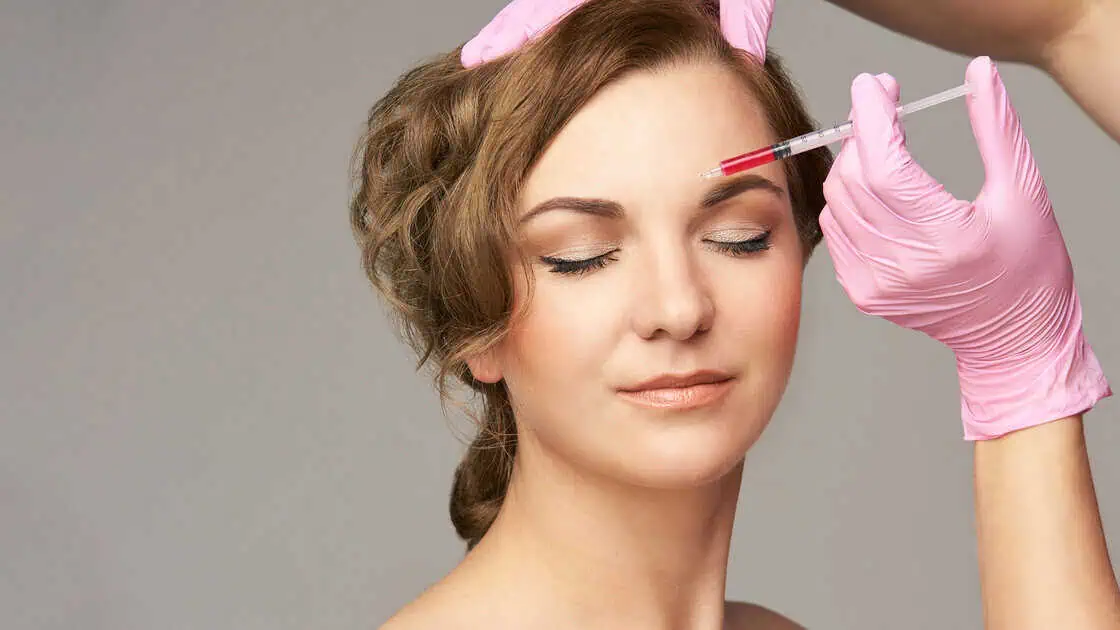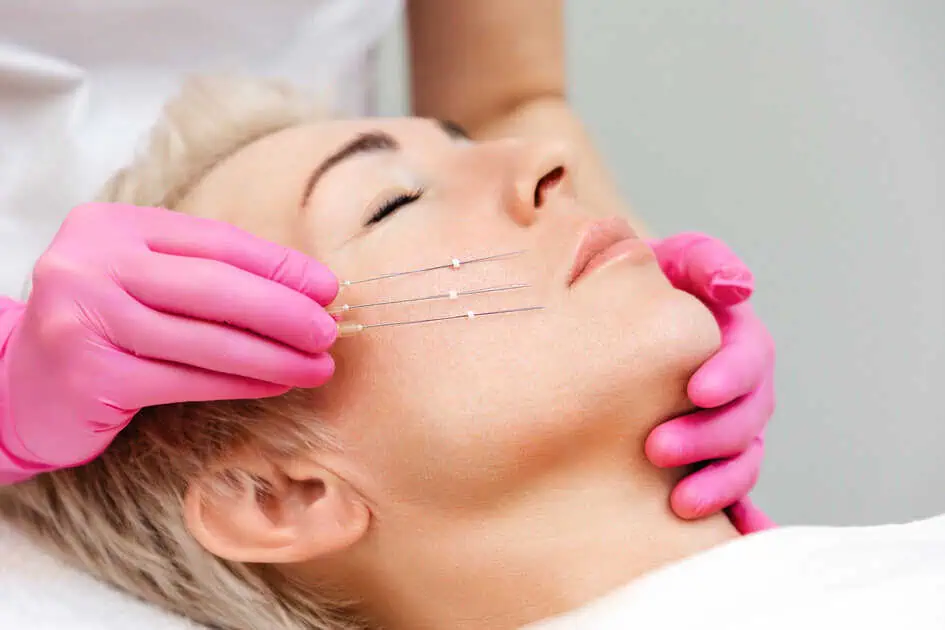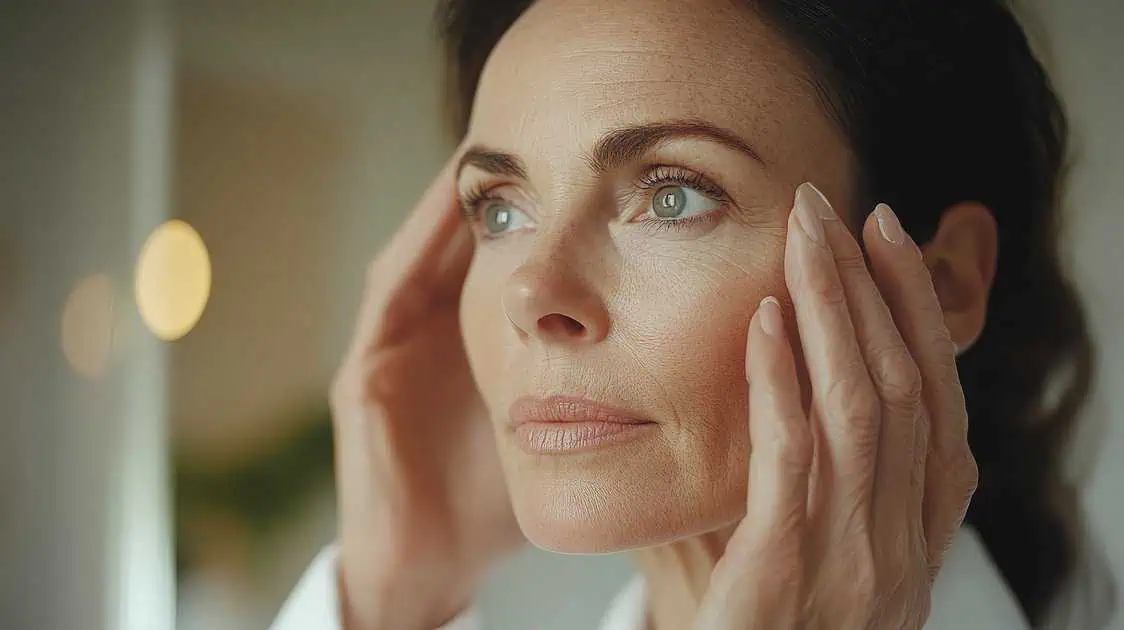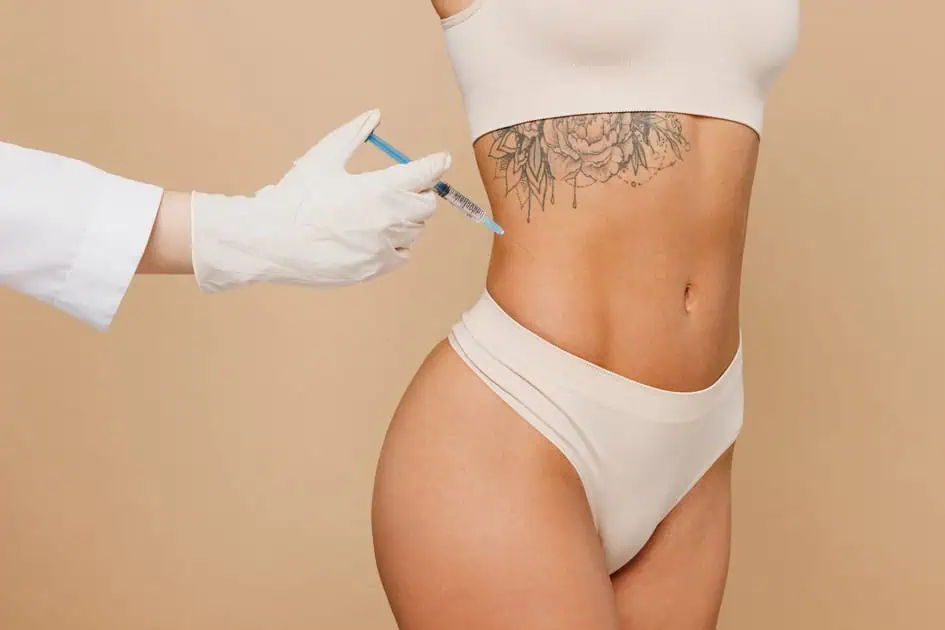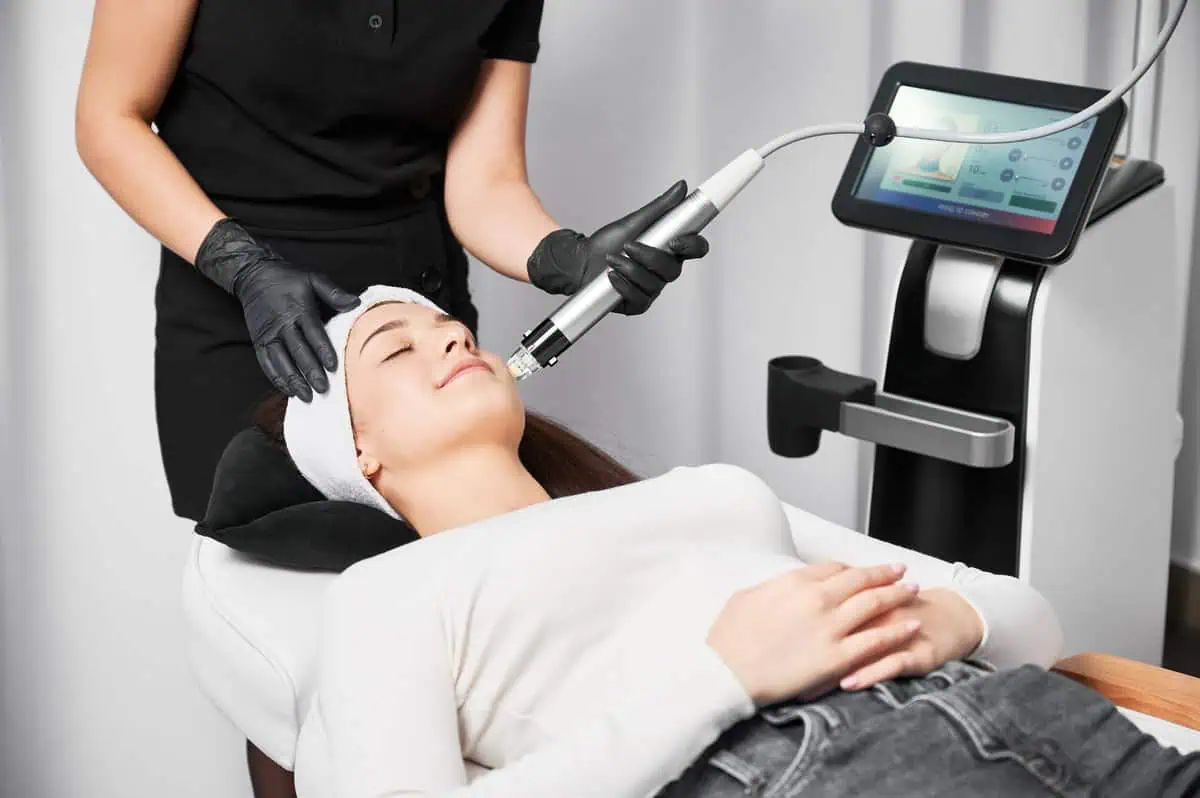Table of Contents
Cryotherapy is becoming a more common option for people looking for relief from anxiety and depression symptoms. While it’s often associated with pain relief and physical recovery, recent interest has shifted toward its possible benefits for mental health. Cold therapy sessions may offer a supportive, noninvasive way to improve mood, reduce stress, and support emotional well-being. For residents seeking Cryotherapy in Fairbanks, Minnie Street Aesthetics offers this service in a welcoming, professional environment.
This blog will explain what cryotherapy is, how it may support mental health, and what to expect from a cryotherapy treatment. Whether you’re already familiar with this option or considering it for the first time, this article can help you make an informed decision.
What Is Cryotherapy?
Cryotherapy is a treatment that uses cold temperatures to target specific areas or the entire body. This process can involve local devices like TargetCool or whole-body cryotherapy chambers that expose the body to very low temperatures for a short time. The sessions are generally brief, lasting two to three minutes, but they can deliver measurable results.
During a cryotherapy session, the skin’s surface and underlying tissues are rapidly cooled, which causes blood vessels to constrict and expand once the session ends. This cycle improves circulation, encourages healing, and reduces inflammation. Although often used for injury recovery and skin care, cryotherapy benefits are expanding to include potential mental health support.
How Cryotherapy Might Help with Anxiety
Anxiety disorders are common and can affect focus, sleep, and overall quality of life. Cryotherapy may offer several effects that help individuals feel more balanced and relaxed.
Reduced Inflammation in the Brain
Chronic inflammation has been associated with certain mental health concerns, including anxiety. By reducing systemic inflammation, cryotherapy may improve mental clarity and emotional regulation.
Endorphin Release
When exposed to cold, the body releases endorphins, often called the body’s natural “feel-good” chemicals. This release may produce a short-term mood boost and help manage feelings of stress.
Calming the Nervous System
Cryotherapy influences the autonomic nervous system, which controls the body’s stress response. A session can promote a sense of calm after a heightened stress period, offering some individuals an immediate sense of relief.
Cryotherapy and Depression: A Supporting Role
While cryotherapy is not a replacement for prescribed medical treatments like therapy or medication, it may serve as a complementary option to help manage symptoms of depression.
Increased Blood Flow and Oxygenation
When the body warms up after exposure to cold, circulation improves. This oxygen and nutrient delivery increases to tissues, including the brain, and may support overall cognitive and emotional health.
Better Sleep Patterns
Many individuals report better sleep after cryotherapy sessions. Since sleep quality is often disrupted by depression, better rest can indirectly help with mood regulation and daily functioning.
Motivation and Routine
Adding cold therapy sessions into a weekly routine may offer structure and provide a sense of purpose, both of which are important in mental health recovery.
What to Expect from a Cryotherapy Treatment at Minnie Street Aesthetics
Knowing what a typical appointment involves can help you consider Cryotherapy in Fairbanks. Minnie Street Aesthetics provides localized and whole-body cryotherapy services, depending on your health goals and provider recommendations.
Initial Consultation
Your first visit includes reviewing your health history and symptoms to ensure that cryotherapy suits you. Not everyone is a candidate, so discussing your conditions with our team is essential.
The Session
During the session, you’ll either step into a cryotherapy chamber or receive localized treatment using a precision device. Protective gear may be provided for sensitive areas like hands, feet, and ears. The session itself usually lasts between two and three minutes.
Post-Treatment Effects
After the session, people often describe feeling refreshed and energized. There’s typically no downtime; you can go about your day as usual. For mental health support, a series of sessions may offer more noticeable effects.
Additional Cryotherapy Benefits Beyond Mental Health
While this blog focuses on cryotherapy for anxiety and depression, it’s important to consider the full range of benefits this treatment may offer:
- Reduces inflammation and swelling throughout the body
- Accelerates muscle recovery for active individuals or those recovering from injury
- Improves skin texture and tone, often used in aesthetic practices
- Reduces the appearance of wrinkles and fine lines
- Enhances the effectiveness of aesthetic treatments like Botox, dermal fillers, and microneedling
- Helps treat skin conditions such as warts, skin tags, and seborrheic keratosis
- Speeds healing from minor injuries and post-procedure recovery
- Minimizes discomfort during other skin procedures
- Enhances skin’s firmness and youthful appearance by promoting collagen production
- Enhances blood circulation and oxygen delivery
These additional benefits make cryotherapy treatment practical for wellness and skin care.
Is Cryotherapy Right for Everyone?
While cryotherapy is considered safe for many individuals, it’s not recommended for people with certain conditions such as severe hypertension, Raynaud’s disease, or cold allergies. It’s also important to talk with your healthcare provider if you have a history of heart conditions or other chronic diseases.
Patients who are generally healthy and want to improve their mental and physical health may be good candidates. As with any wellness treatment, realistic expectations are essential.
Frequently Asked Questions About Cryotherapy for Mental Health
How often should I do cryotherapy for mental health?
While individual needs vary, many people begin with two to three cold therapy sessions weekly for several weeks. Based on their response, their provider may recommend a maintenance schedule.
Is cryotherapy painful?
Cryotherapy can feel intensely cold, but it shouldn’t be painful. Any discomfort usually lasts just a few minutes, and most people find it tolerable, especially given the possible benefits.
Can I use cryotherapy alongside therapy or medication?
Yes, many patients use cryotherapy as a complementary approach to traditional mental health treatments. Be sure to inform your mental health provider about any new treatments you’re trying.
How soon will I notice changes in my mood?
Some people report feeling more energized or positive after a session, while others may see gradual improvements over several treatments. Consistency is often key.
Feel Better, Think Clearer—Explore Cryotherapy Today
At Minnie Street Aesthetics, we understand that mental wellness is as important as physical health. If you’re exploring non-invasive ways to support your emotional well-being, Cryotherapy in Fairbanks might be the right choice. This treatment may help ease symptoms of anxiety and depression, improve sleep, and support a more balanced mood—all with minimal downtime.
We offer personalized care and help you determine whether cryotherapy fits your needs. We’re here to answer your questions and walk you through each step of the process.
Take control of your mental well-being – try Cryotherapy now! Contact Minnie Street Aesthetics today to schedule your consultation or learn more about our services.


